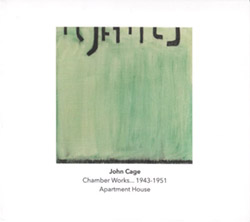
A superb interpretation of John Cage's early chamber works, performed by members of Apartment House and pianist Kerry Yong, recorded at The Old School, in Starston, UK, highlighting Cage's intricate balance of rhythm and resonance through prepared piano, strings, and percussion, captured in detailed and intimate recordings by Simon Reynell at The Old School in Starston, UK.
In Stock
Quantity in Basket: None
Log In to use our Wish List
Shipping Weight: 3.00 units
EU & UK Customers:
Discogs.com can handle your VAT payments
So please order through Discogs
Sample The Album:
John Cage-composer
Kerry Yong-piano, prepared piano
Mira Benjamin-violin
Gordon MacKay-violin
Bridget Carey-viola
Anton Lukoszevieze-cello
Simon Limbrick-tom toms, pod rattle, home made woodblocks
Click an artist name above to see in-stock items for that artist.
Label: Another Timbre
Catalog ID: at240
Squidco Product Code: 36218
Format: CD
Condition: New
Released: 2025
Country: UK
Packaging: Cardboard Gatefold
Recorded at The Old School, in Starston, UK, from May to August, 2024, by Simon Reynell.
Another Timbre Interview with Kerry Yong:
The first time I saw you perform - many years ago, I think before you'd played with Apartment House - you were playing Cage. Not early Cage, but spiky middle-age Cage, with an electronic keyboard programmed to make all sorts of unlikely sounds. So tell us, when did you first encounter Cage's music, and has it affected your development as a performer?
I think you heard a project I started in the early 2010s, which I ended up calling Cover Me Cage. It followed an earlier project called Cover Me Casio, which were disparate post-war pieces 'covered' or re-imagined on a lo-fi 80s Casio keyboard and guitar effects pedals. The first cover was made as a way of keeping a performance: the concert organiser had discovered that the piano in the venue was no longer there as it was simply hired for a one-off event. She wondered if there was a way to keep the pieces by presenting them in some other form. They were part electronic anyway, so it wasn't too great a stretch of the imagination to push them into a completely electronic world. This led to exploring other possible works, and a natural progression was to explore other 'classics' of a sort (things by Messiaen, Stockhausen, Scelsi, Ligeti). I think I did stay faithful to their spirit - but the limitations, timbres and effects available on a Casio and pedals certainly posed another 'take' on the pieces. They were elements the pieces already had, but were exaggerated or taken in another direction, as all arrangements ultimately do.
The following Cage covers also had a pragmatism about them: besides a few pieces from the Sonatas and Interludes, many were short independent pieces for dance that rarely get performed live, or together, simply because each has a different piano preparation and the breaks that would be required to prepare them would be longer that the playing time! However, I saw little point in them simply making a portable version of the original sampled prepared piano sounds - they would always be inferior to the original sound and lose the delight in feeling and seeing a prepared piano in action. Rather, I substituted the prepared sounds for another sound: which could be electronic, synthetic, or recorded/sampled from another sonic world. There is then the problem of coherence and choice with having every sound available to you: so each piece has a family of sounds which distinguishes it, while also having some relationship to the original. So Cage's original prepared piano piece became a form of tablature for other sets of sounds. What transpired was that his rhythms and patterns were robust and ingenious, but also versatile and malleable - like a new sort of musical language or potential-music.
I first encountered John Cage's music as a teenager, growing up in Sydney, Australia. I had a great classroom music teacher at school, and we later became good friends and remain so. I think we watched a documentary about the dance music he wrote for Merce Cunningham, but I'm sure I also got to know works like First Construction In Metal then too. So I would say that this era was always the music I first associated with Cage. But this was in the context of discovering a whole range of diverse music - my piano teacher for some time, owned the only authentic harpsichord in Sydney, so I was exposed to a lot of early music, and via school was discovering lots of fascinating music from the twentieth-century. It was all exploration for me, so I think my development as a performer was geared very much to being able to realise compositional ideas. I think it's unavoidable, particularly through music college, to become aware of different classical piano schools of playing and I like the variety of playing styles that produced. But I realised it wasn't going to be particularly helpful for some of music I would explore later.
Before we say more about Cage, can we go back to your time in Australia? The musical education you had sounds great, but when you left musical college, did you try to make a living in Australia, or did you come to the UK very soon afterwards?
I vowed after I finished my Masters I would not do another research degree - I particularly found writing words really tough. I admire good writing and thinking, but felt I couldn't do that very well! So I spent a little time in Sydney working as a musician, mostly teaching but some performing, particularly of new music, and I remember with great fondness playing in various Sydney Spring Festivals of New Music, run by Roger Woodward. But I think I always wanted to go overseas, as it was the done thing for the previous generation of musicians in Australia and still has purchase presently. It also didn't take too long before I actually did crave a little more formal study, against my better judgement! So after gaining a scholarship from my alma mater, I took the plunge of moving to London and started a Doctorate at the Royal College of Music. The programme was quite new there and so there wasn't a large cohort of researchers or performers in new music, but I realised that just being in London had great benefits and quickly got to know the new music scene here.
I do have my doctoral work (which looked at piano and electroacoustic music) to thank for the Cover Me Casio and Cover Me Cage projects although it wasn't a straight line - more a serendipitous offshoot that worked out well for me. I developed some pieces for the series Kammerklang in east London and later for the Borealis Festival in Bergen and I think it was there where Anton saw them and subsequently invited me to play in Apartment House.
Earlier you referred to the 'delight' in experiencing a prepared piano performance. Does that still hold true for you today? You certainly seemed to enjoy setting up the piano for the recordings of 'Amores' and 'Music for Marcel Duchamp'...
There is something quite ephemeral and special about the prepared piano - it's mostly to do with how every instrument responds differently to these treatments but also that it's not very exact, even if, in the case of Cage, is quite precise. His instructions seem quite prescriptive: although, unless you know actually piano model he was using and the objects he was talking about, you're always making adjustments. The preparing is just like other notation - there is quite a bit of interpretation that needs to go on and a sort of listening out and imagining for what the crux of the matter is, as to what you are being asked for. But altering a fine piece of technological machinery always produces an interesting result. There is certainly a tactile and experimental pleasure in preparing a piano, as well as playing it. The sounds always seem magical, fresh and new and as a pianist, you feel a little bit like a fantasising and imposter percussionist. It's also because it really does disrupt your tactile relationship with the instrument - it remains responsive to your touch, but altogether quite different. It's not dissimilar to performing in a new space and getting acquainted and friendly with its acoustic and getting to know its distinctives and idiosyncrasies.
Don't get me wrong, I think the modern Steinway is an extraordinary and exquisite instrument, incredibly responsive with a lovely range of colour - but it always comes out quite beautiful - even when you try to get it to bark, it tastes somewhat like melon! There's also strange distance you feel from the instrument, and although this might sound unrelated, I can understand while a child learning the piano might get bored with what is involved in making sound on the piano - it's relatively simple and fait accompli, even though I know this isn't true. There is a lot more activity required by a performer to keep an air column or string vibrating and something they feel in starting, finishing, but most importantly, continuing the sound. I feel that is something that is potentially missing for piano playing, however, for me, playing a prepared piano, strangely puts me in that world of feeling its vibrations. But it could simply be that I've been involved in being inside the piano while preparing it, that psychologically has made me more invested in the sound I'm making - that somehow I've been involved in something akin to instrument making, fortunately with all the hard and most essential bits done for you.
I feel Cage's early music has a wonderful balance between simply gorgeous / gorgeously simple pieces like 'Dream' and 'In a Landscape' on the one hand, and the often spikier pieces for prepared piano, which revel in a kind of trickster-like innovation. Do you see it in the same way?
Almost - I think types of music are sort of the same, but different expressions of that idea. They are both heavily invested in the beauty, or maybe the sensationalness of sound, whether that is what is considered traditionally beautiful, or other darker or weirder notions of beauty. To use the analogy of animals, not only the beauty of birds, but also insects, crustaceans and fish. And in the early music there is a lot of play with patterns - really simple games that can be improvised - so something you could think us as you're playing, or patterns requiring you to first work out the possible permutation and trying them all. I think in Cage's early music there's also some in between - a willingness to play with patterns and then change when you feel you want to: a sort of responsiveness to the present, or other interruptions and other factors, e.g. dance. There always seem to be a good sense of play and freedom, grounded in a mixture of pragmatism and theory.
Lastly the 'String Quartet in Four Parts' (on which you obviously don't play) and 'Six Melodies' (which I think you and Mira play really beautifully). These pieces were written one after the other, using the same compositional method, which Cage moved on form shortly afterwards as he began to explore various ways of using chance. I don't regret Cage's embrace of chance procedures, but I have some regrets that he never came back to the method he was using in these two pieces, as it seems wonderfully fertile. It's a bit like the brief period in Schoenberg's music when he abandoned tonality, but before he'd devised the 12-tone system. What do you think?
These transitional periods you mention - Schoenberg's and Cage's - are exciting and can produce extraordinary music. My suspicion is that for both Schoenberg and Cage, it was an acknowledgement that old methods weren't adequate for what they were wanting to do, and they were forced to be guided by their instincts and intuition to extend them. It's ironic though that intuition is guided by reflexes or senses that are probably developed by past long-term habits and ways of imagining that they are forced to trust and test. It strikes me as being quite a similar state as to improvisation, except in composing you have the option to deal with the inner voices of doubt and reflection on what you've just produced, and it probably requires a strong internal propulsion to get over the self-censoring that can happen. With Schoenberg, he ultimately couldn't trust working like this for too long, and also had a theoretical agenda and anxieties. With Cage though, I'm more inclined to think that the discovery of the I-Ching/chance captivated him and he simply wanted to explore what it had to offer. But this might be my projection of what it was like - although it's very interesting to ponder. Ultimately I think a composer produces better work when they are excited by the ideas and vision they have ahead of them. But I certainly agree that these works are from a special period in which Cage has managed to successfully negotiate trusting past intuitions and exploring new ways of composing.
Artist Biographies
• Show Bio for John Cage "John Milton Cage Jr. (September 5, 1912 - August 12, 1992) was an American composer, music theorist, writer, philosopher, and artist. A pioneer of indeterminacy in music, electroacoustic music, and non-standard use of musical instruments, Cage was one of the leading figures of the post-war avant-garde. Critics have lauded him as one of the most influential American composers of the 20th century. He was also instrumental in the development of modern dance, mostly through his association with choreographer Merce Cunningham, who was also Cage's romantic partner for most of their lives. Cage is perhaps best known for his 1952 composition 4′33″, which is performed in the absence of deliberate sound; musicians who present the work do nothing aside from being present for the duration specified by the title. The content of the composition is not "four minutes and 33 seconds of silence," as is often assumed, but rather the sounds of the environment heard by the audience during performance. The work's challenge to assumed definitions about musicianship and musical experience made it a popular and controversial topic both in musicology and the broader aesthetics of art and performance. Cage was also a pioneer of the prepared piano (a piano with its sound altered by objects placed between or on its strings or hammers), for which he wrote numerous dance-related works and a few concert pieces. The best known of these is Sonatas and Interludes (1946-48). His teachers included Henry Cowell (1933) and Arnold Schoenberg (1933-35), both known for their radical innovations in music, but Cage's major influences lay in various East and South Asian cultures. Through his studies of Indian philosophy and Zen Buddhism in the late 1940s, Cage came to the idea of aleatoric or chance-controlled music, which he started composing in 1951. The I Ching, an ancient Chinese classic text on changing events, became Cage's standard composition tool for the rest of his life. In a 1957 lecture, Experimental Music, he described music as "a purposeless play" which is "an affirmation of life - not an attempt to bring order out of chaos nor to suggest improvements in creation, but simply a way of waking up to the very life we're living"." ^ Hide Bio for John Cage • Show Bio for Kerry Yong "Kerry is a musician who lives in east London. He trained as a pianist and now also performs on keyboards and live electronics. Kerry has performed at Audiograft, Chisenhale Arts Club, Kämmer Klang, Rational Rec, Borealis Festival, Huddersfield Contemporary Music Festival, ISCM World Music Days, Kings Place, City of London Festival, Music We'd Like To Hear, Nonclassical and in groups Apartment House, ELISION, Plus-Minus Ensemble and Ensemble Offspring. Kerry studied piano with Stephanie McCallum at the University of Sydney (where he also studied composition) and at the Sydney Conservatorium of Music. He completed a doctorate at the Royal College of Music where he studied piano with Andrew Ball and researched Performance practices of music for piano with electroacoustics. He has also dabbled with the other side, playing with bands Apopalyptics, Casiokids and Half-handed Cloud and the Welcome Wagon. Kerry also directs music at Grace Church Hackney (which meets in Hoxton), where they are happy to use ancient chants, traditional hymns and new works with choirs, bands, electronics, objects and the like." ^ Hide Bio for Kerry Yong • Show Bio for Mira Benjamin "Mira Benjamin is a Canadian violinist, researcher and new-music instigator. She performs new and experimental music, with a special interest in microtonality & tuning practice. She actively commissions music from composers at all stages of their careers, and develops each new work through multiple performances. Current collaborations include new works by Anna Höstman, Scott McLaughlin, Amber Priestley, Taylor Brook and James Weeks. Since 2011, Mira has co-directed NU:NORD - a project-based music and performance network which instigates artistic exchanges and encourages community building between music creators from Canada, Norway & the UK. To date NU:NORD has engaged 79 artists and commissioned 62 new works. Through this initiative, Mira hopes to offer a foundation from which Canadian artists can reach out to artistic communities overseas, and provide a conduit through which UK & Norwegian artists can access Canada's rich art culture. Originally from Vancouver, British Columbia, Mira lived for ten years in Montréal, where she was a member of Quatuor Bozzini. Since 2014 she has resided in London (UK), where she regularly performs with ensembles such as Apartment House, Decibel, and the London Contemporary Orchestra Soloists, and is currently the Duncan Druce Scholar in Music Performance at the University of Huddersfield. Mira is the recipient of the 2016 Virginia Parker Prize from the Canada Council for the Arts. The prize is awarded annually to a Canadian musician in recognition of their contribution to the artistic life in Canada and internationally." ^ Hide Bio for Mira Benjamin • Show Bio for Gordon MacKay "Violinist Gordon MacKay was a member of the National Youth Orchestra of Scotland before gaining a music degree at the University of London. He is currently a member of contemporary group Apartment House, and has also performed with the Kreutzer Quartet, as well as featuring as a guest player with Lontano and the London Symphony Orchestra. He has recorded a solo violin work by Sylvano Bussotti for BBC Radio 3, and performed a violin duo by Effy Efthymiou with Madeleine Mitchell, which was shortlisted for the Ivan Juritz Prize in 2018." ^ Hide Bio for Gordon MacKay • Show Bio for Bridget Carey "Bridget Carey studied jointly at the Royal Academy of Music and London University and has pursued a varied freelance career based in London, and has developed a particular reputation in the field of new music. For 15 years she premiered new chamber opera for the Almeida, whilst working in dance scores with Siobhan Davies and Rambert companies, classical contemporary with Opus 20 and Music Projects/London and new complexity with Ensemble Expose. From 1995-2005 she was viola player with the Kreutzer string quartet. More recently, her chamber music interests include Okeanos and the RPS award-winning experimental music group Apartment House, with whom she continues to add to her chamber music discography. She has been a member of Britten Sinfonia for the last 20 years, and is a regular guest with London Sinfonietta and BCMG, among others." ^ Hide Bio for Bridget Carey • Show Bio for Anton Lukoszevieze "Cellist Anton Lukoszevieze (born 1965 in the UK) is one of the most diverse performers of his generation and is notable for his performances of avant-garde, experimental and improvised music. Anton has given many performances at numerous international festivals throughout Europe and the USA (Maerzmusik, Donaueschingen, Wien Modern, GAS, Transart, Ultima, etc.etc.). He has also made frequent programmes and broadcasts for BBC Radio 3, Danish Radio, SR2, Sweden, Deutschland Rundfunk, WDR, Germany and ORT, Austria. Deutschlandfunk, Berlin produced a radio portrait of him in September, 2003. Anton has also performed concerti with the City of Birmingham Symphony Orchestra at the 2001 Aldeburgh festival and the Netherlands Radio Symphony Orchestra. He has collaborated with many composers and performers including David Behrman, Alvin Lucier, Amnon Wolman, Pierre Strauch, Rytis Mazulis, Karlheinz Essl, Helmut Oehring, Christopher Fox, Philip Corner, Alvin Curran, Phill Niblock and Laurence Crane, He is unique in the UK through his use of the curved bow (BACH-Bogen), which he is using to develop new repertoire for the cello. From 2005-7 he was New Music Fellow at Kings College, Cambridge and Kettles Yard Gallery. Anton is the subject of four films (FoxFire Eins) by the renowned artist-filmmaker Jayne Parker. A new film Trilogy with compositions by Sylvano Bussotti, George Aperghis and Laurence Crane premieres at The London Film Festival, October 2008. In November will premiere a new hour long work by Christopher Fox for cello and the vocal ensemble Exaudi commissioned by the Huddersfield Contemporary Music Festival and will also present new solo works for cello and live electronics. Anton is also active as an artist, his work has been shown in Holland (Lux Nijmegen), CAC, Vilnius, Duisburg (EarPort), Austria, (Sammlung Essl), Wien Modern, The Slade School of Art, Kettles Yard Gallery, Cambridge Film Festival and Rational Rec. London. His work has been published in Musiktexte, Cologne, design Magazine and the book SoundVisions (Pfau-Verlag, Saarbrucken, 2005). Anton Lukoszevieze is founder and director of the ensemble Apartment House, a member of the radical noise group Zeitkratzer and recently made his contemporary dance debut with the Vincent Dance Company in Broken Chords, Dusseldorf." ^ Hide Bio for Anton Lukoszevieze • Show Bio for Simon Limbrick "Simon Limbrick's involvement in music embraces performance, composing and education.
He was a member of the cult systems orchestra The Lost Jockey and Man Jumping, recording for EG Editions and creating scores for leading dance companies, Second Stride, London Contemporary Dance, Rosemary Lee and Sue MacLennan. He has been in demand as a percussionist performing all over the world with the Nash Ensemble, Birmingham Contemporary Music Group, Endymion Ensemble, Composers' Ensemble and Fibonacci Sequence as well as recording with artists such as Alabama3, Gavin Bryars Pete Lockett and for Blue Note Records. He has been guest principal with the LSO and worked under conductors, Leonard Bernstein, Oliver Knussen, Simon Rattle and Tom Ades. He has featured on film and television including documentaries about Steve Reich and Kenneth MacMillan's award winning Judas Tree.Compositions created for him include works by Javier Alvarez, Brian Elias (Kenneth MacMillan's last ballet The Judas Tree), Vic Hoyland and Andrew Poppy. He has performed the world-premieres of solo pieces by James Dillon, Frederic Rzewski , Claude Vivier, Philip Cashian, Thea Musgrave, Harry de Wit, Howard Skempton, Michael Wolters and Ed Kelly. His solo performances have been broadcast by the BBC, RAI, Radio France, Dutch TV and radio. Recently, he performed his own concerto Bulls Yard and Stockhausen's Zyklus at the Sage, Gateshead,(see review) solo steel-pan in Brian Elias' Judas Tree at Royal Opera House, London, in 2010 and directed his mixed-media project, dot-machine, a web-based musical construction accessible on www.marimbo.com. He created a 24 hour long piece surfaces with the composer James Saunders, with financial assistance from the Arts Council of Great Britain and premiered at the Huddersfield Contemporary Music Festival in 2011. In education, Simon has led workshops since 1982, and been a returning resident artist in festivals and organisations, including Blackheath Concert Halls, Aldeburgh Music, Sound It Out , Spitalfields Festival. Workshop projects have been led by him throughout Europe. As a fully-qualified teacher, he has led Music and Performing Arts in Secondary Schools for five years. He has led school and community projects for Aldeburgh Music. As Artistic Director, he helped establish In Harmony Norwich, creating mixed-ability orchestral pieces for professional and young student players. Until the School of Music closed in June 2014, he was Director of 'Musician in the Community' and 'Creative Leadership' courses at University of East Anglia.
As a composer, Simon has gained an MA in Electroacoustic Composition from City University and collaborated as a composer on a number of large scale works, including a project at Fort Dunlop, Birmingham, with Rosemary Lee and site-specific work with Dutch composer/sound sculptor Harry de Wit in Holland and Brussels.He has produced film scores for TV and film festivals and composed music for theatre productions at the National Theatre and Royal Shakespeare Companies. Groups he has created pieces for include Mary Wiegold's Songbook, Roger Heaton Group, Ensemble Bash, Network of Sparks, Endymion Ensemble, Richard Durrant, Ritmatic, Hooloo. The Brighton Youth Orchestra performed machina lumina , for string ensemble and vibraphone throughout 2009. His composition Machine for Living for Landesmusikrat/Splash was recorded at Deutschlandradio. He has produced recordings for wergo and others.Currently composing a large piece for jazz brass and marimba. He has created the CDs, Steam, Hooloo, Clean, Ritmatik, Dot-Machine, Hammer, Rise and Fall, , between and Relay, which are frequently broadcast and available on well-known download sites. NEW RELEASE of a double CD RELAY, of contemporary steel-pan music in Sept 2014. Sound Composer for the film 3 Church Walk by the director Emily Richardson premiered on 18th Oct 2014 at The London Festival, BFI, London." ^ Hide Bio for Simon Limbrick
5/12/2025
Have a better biography or biography source? Please Contact Us so that we can update this biography.
5/12/2025
Have a better biography or biography source? Please Contact Us so that we can update this biography.
5/12/2025
Have a better biography or biography source? Please Contact Us so that we can update this biography.
5/12/2025
Have a better biography or biography source? Please Contact Us so that we can update this biography.
5/12/2025
Have a better biography or biography source? Please Contact Us so that we can update this biography.
5/12/2025
Have a better biography or biography source? Please Contact Us so that we can update this biography.
5/12/2025
Have a better biography or biography source? Please Contact Us so that we can update this biography.
Track Listing:
1. In A Landscape 10:10
2. Six Melodies 1 2:16
3. Six Melodies 2 1:31
4. Six Melodies 3 1:59
5. Six Melodies 4 2:43
6. Six Melodies 5 1:44
7. Six Melodies 6 2:17
8. Amores 1 1:15
9. Amores 2 3:10
10. Amores 3 1:18
11. Amores 4 3:57
12. Haikus 3:39
13. String Quartet in Four Parts 1 3:43
14. String Quartet in Four Parts 2 4:20
15. String Quartet in Four Parts 3 10:10
16. String Quartet in Four Parts 4 1:39
17. Music for Marcel Duchamp 6:22
a
Compositional Forms
Avant-Garde
Chamber Rock
John Cage
London & UK Improv & Related Scenes
Staff Picks & Recommended Items
New in Compositional Music
Recent Releases and Best Sellers
Search for other titles on the label:
Another Timbre.
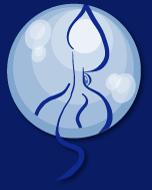

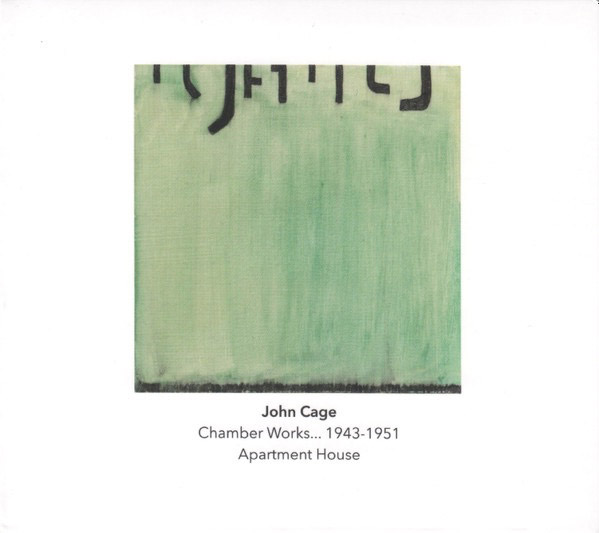
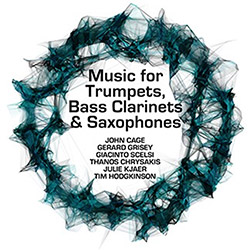
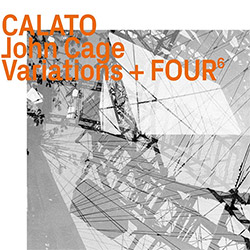
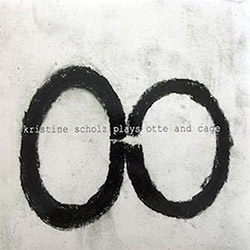
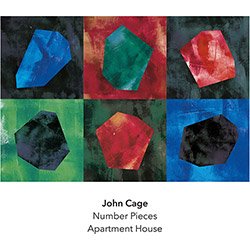
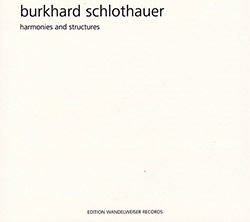
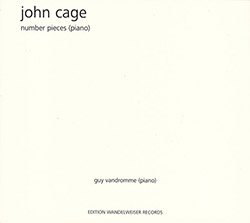

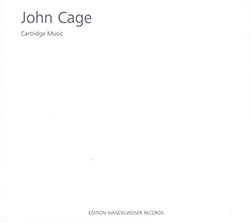
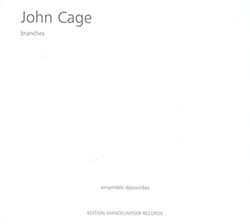
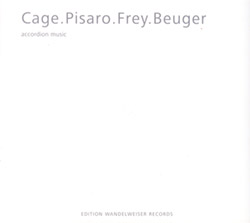
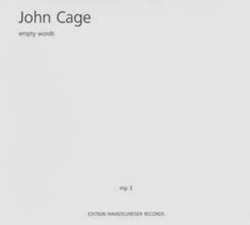
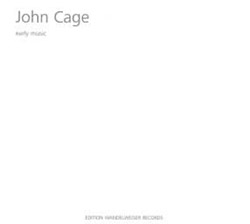
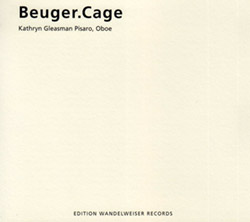
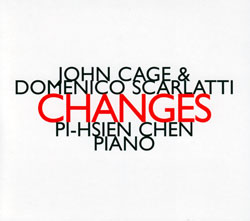
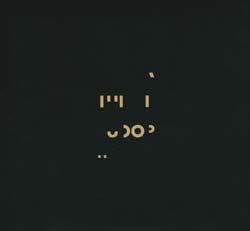
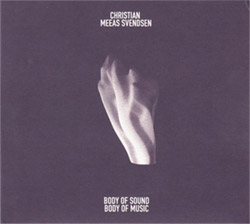
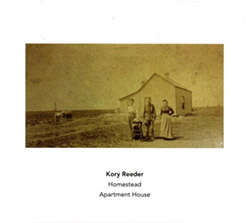
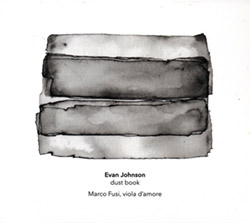
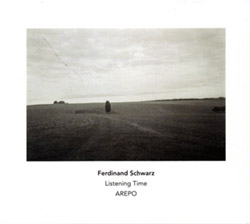
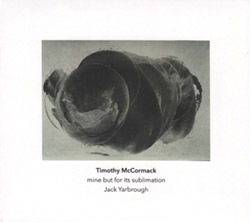
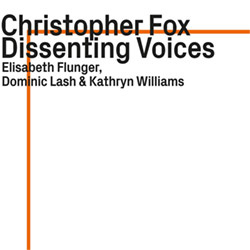
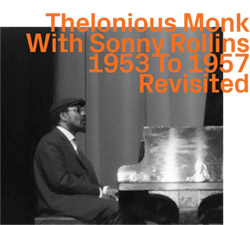
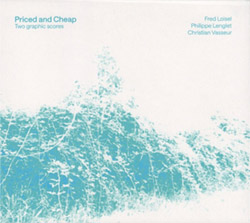

![+Dog+: The Family Music Book Vol. 5 [2 CDs]](https://www.teuthida.com/productImages/misc4/35897.jpg)
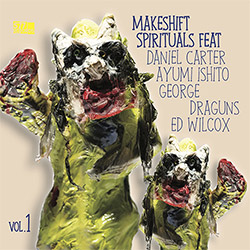
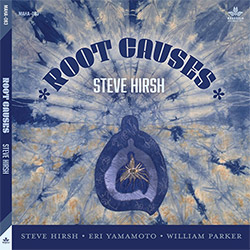
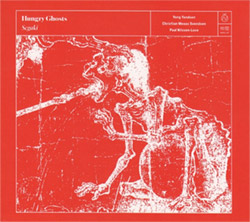
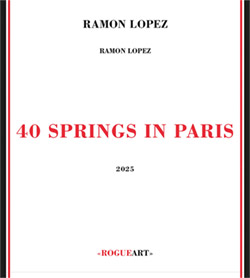
![Mazurek, Rob: Flitting Splits Reverb Adage [BOOK]](https://www.teuthida.com/productImages/misc4/35984.jpg)
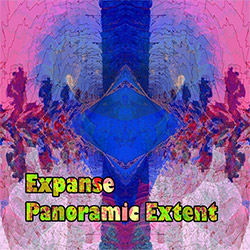
![Sinton, Josh: Couloir & Book Of Practitioners Vol. 2 Book "W" [2 CDs]](https://www.teuthida.com/productImages/misc4/36242.jpg)
![Kuvveti, Deli : Kuslar Soyledi [CASSETTE w/ DOWNLOAD]](https://www.teuthida.com/productImages/misc4/36107.jpg)
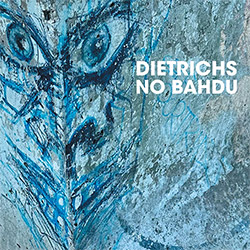
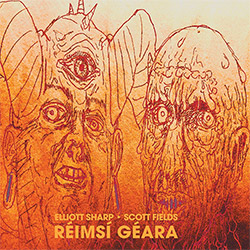
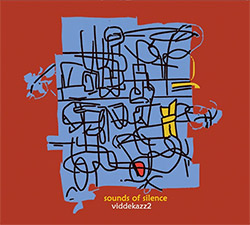
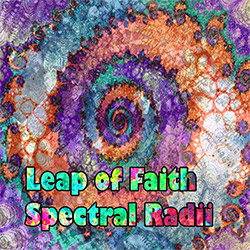
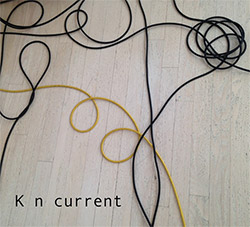

![Palestine, Charlemagne / Seppe Gebruers: Beyondddddd The Notessssss [VINYL]](https://www.teuthida.com/productImages/misc4/36206.jpg)
![Palestine, Charlemagne / Seppe Gebruers: Beyondddddd The Notessssss [NEON GREEN VINYL]](https://www.teuthida.com/productImages/misc4/36207.jpg)
![Eskelin, Ellery Trio New York: About (or On), First Visit [2 CDs]](https://www.teuthida.com/productImages/misc4/36056.jpg)
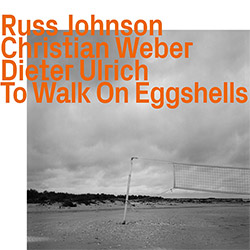
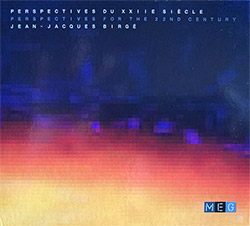
![Nakayama, Tetsuya: Edo Wan [CASSETTE w/ DOWNLOAD]](https://www.teuthida.com/productImages/misc4/36105.jpg)
![Rolando, Tommaso / Andy Moor : Biscotti [CASSETTE w/ DOWNLOADS]](https://www.teuthida.com/productImages/misc4/36106.jpg)
![Lehman, Steve Trio + Mark Turner: The Music of Anthony Braxton [VINYL]](https://www.teuthida.com/productImages/misc4/35641.jpg)
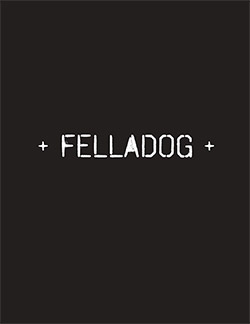
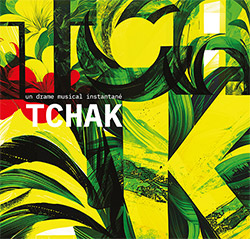
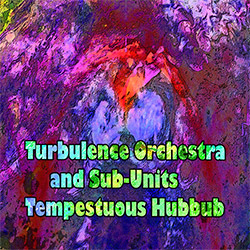
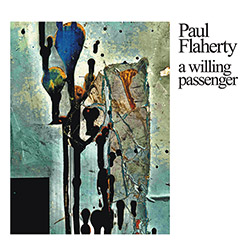
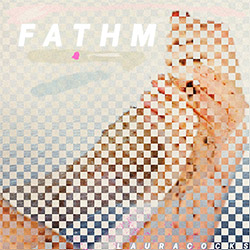
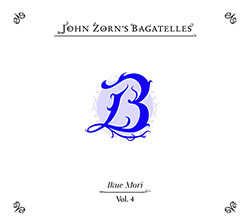
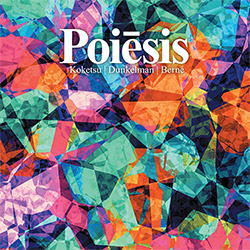
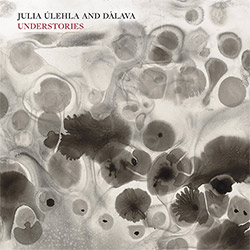
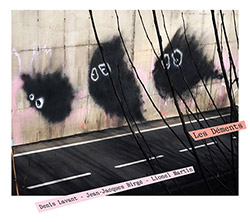
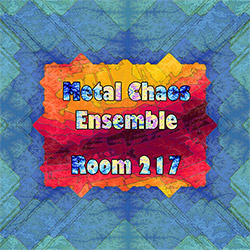
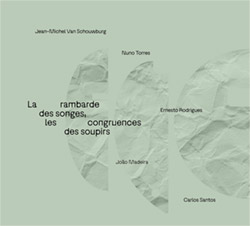
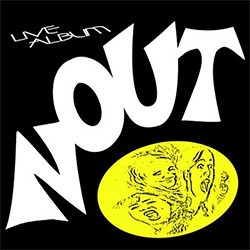
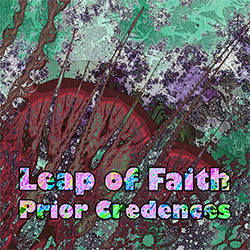
![Segel, Jonathan / Chaos Butterfly: Hall of Mirrors [2 CDs]](https://www.teuthida.com/productImages/misc4/36026.jpg)
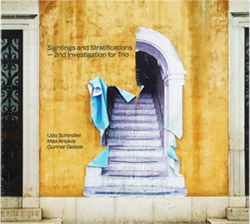
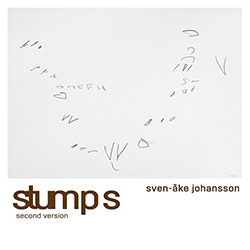
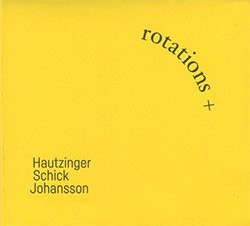
![Taylor, Cecil Quintet (w/ John Coltrane / Kenny Dorham / Chuck Israels / Louis Hayes): Stereo Drive + 2 Bonus Tracks (limited Edition) [VINYL]](https://www.teuthida.com/productImages/misc4/35811.jpg)
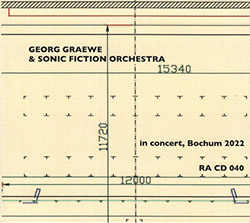
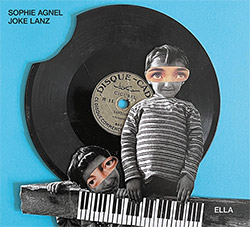
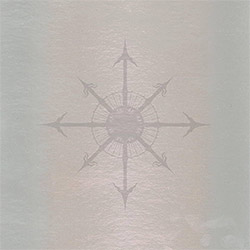
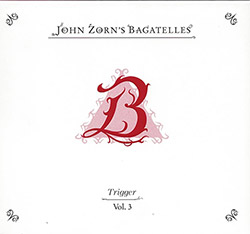
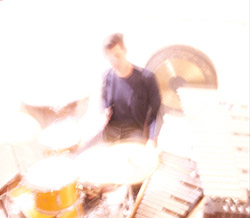
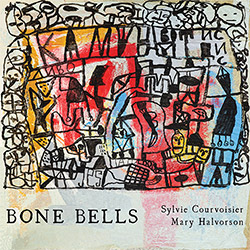
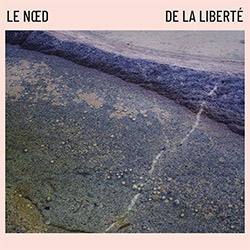
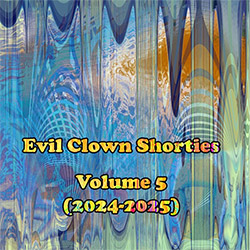
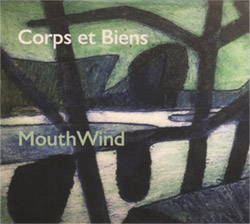
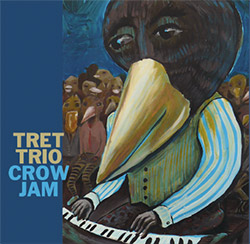
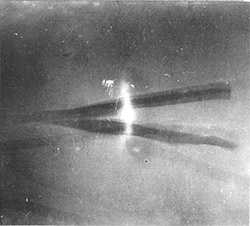

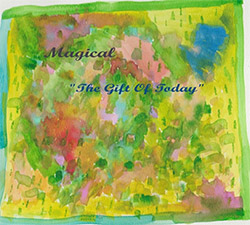
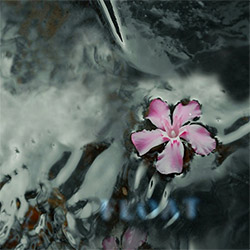
![Yiyuan, Liang / Li Daiguo: Sonic Talismans [VINYL]](https://www.teuthida.com/productImages/misc4/35957.jpg)
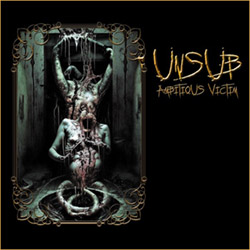
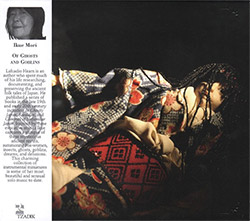
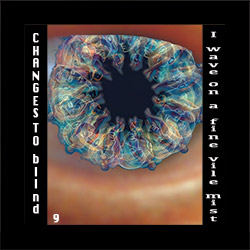
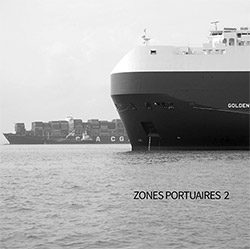
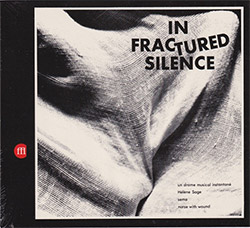
![111 (Michelle / Villamil): Live at Opus 40 [CASSETTE]](https://www.teuthida.com/productImages/misc4/35986.jpg)
![del Pino, Francisco / Charlotte Mundy: The Sea [CASSETTE]](https://www.teuthida.com/productImages/misc4/35987.jpg)
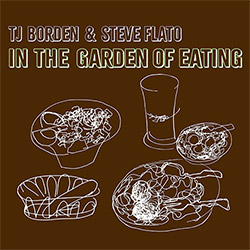
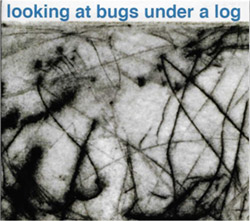
![Niblock, Phill / Anna Clementi / Thomas Stern: Zound Delta 2 [VINYL]](https://www.teuthida.com/productImages/misc4/34623.jpg)
![Myers, David Lee : Tin Drop Tear [BOOK w/ DOWNLOAD]](https://www.teuthida.com/productImages/misc4/36030.jpg)
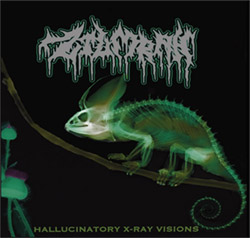
![Ackerley / Prymek / Turner: All Hope With Sleeping Minds [CASSETTE]](https://www.teuthida.com/productImages/misc4/35950.jpg)
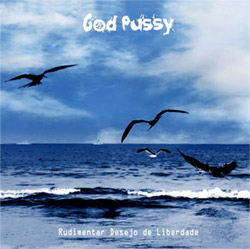
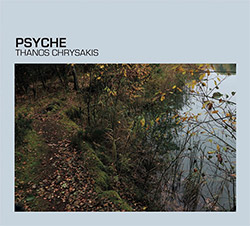
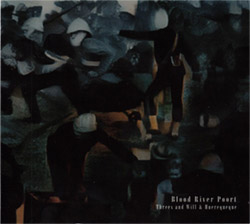
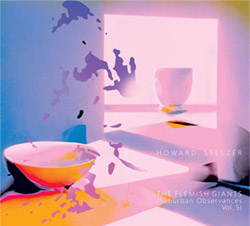

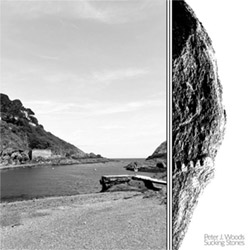
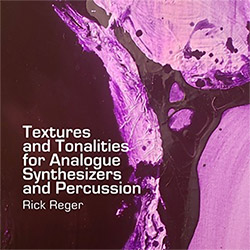
![Laubrock, Ingrid: Purposing The Air [2 CDs]](https://www.teuthida.com/productImages/misc4/35639.jpg)
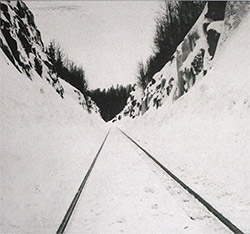
![Yoko, Ono / The Great Learning Orchestra: Selected Recordings From Grapefruit [2 CDs]](https://www.teuthida.com/productImages/misc4/35841.jpg)
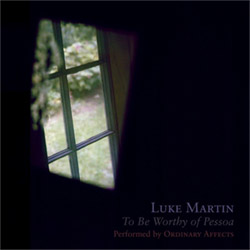
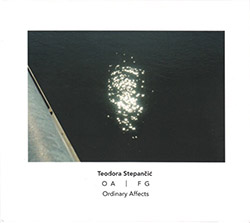
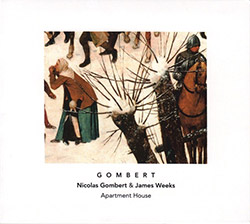
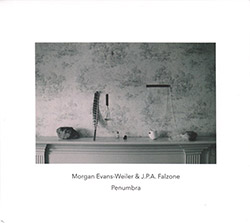
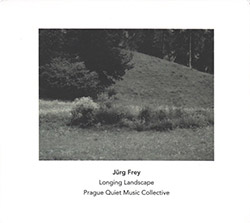
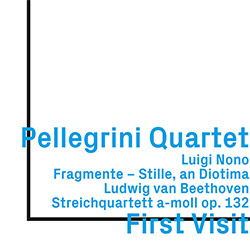
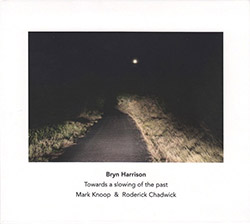
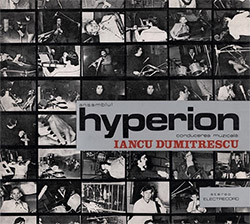
![Zorn, John / JACK Quartet: The Complete String Quartets [2 CDs]](https://www.teuthida.com/productImages/misc4/35609.jpg)
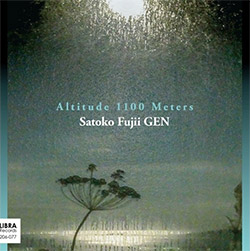
![Lonsdale, Eden: Dawnings [2 CDs]](https://www.teuthida.com/productImages/misc4/35480.jpg)
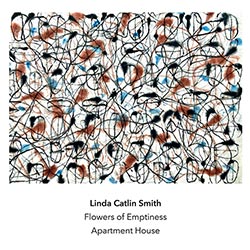
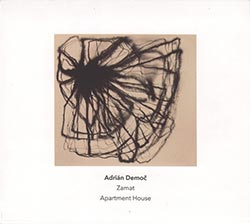
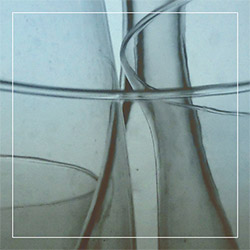
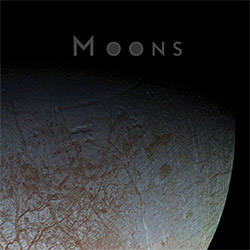
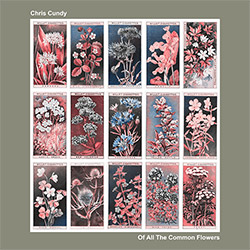
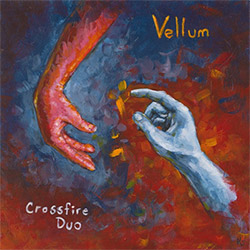
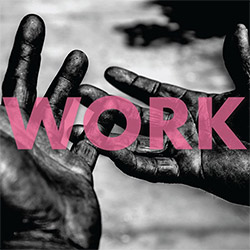
![Sanna, Claudio: Compositori Sardi Contemporanei II [2 CDs]](https://www.teuthida.com/productImages/misc4/35317.jpg)
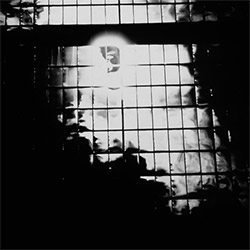
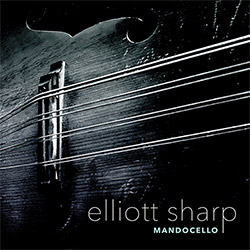
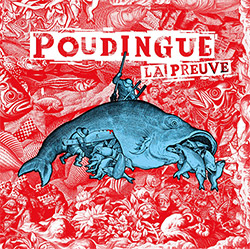
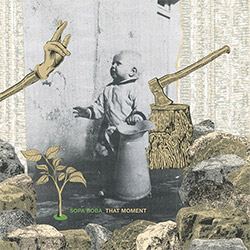
![Electric Bird Noise / Derek Roddy: 8-10-22 [CD EP]](https://www.teuthida.com/productImages/misc4/35970.jpg)
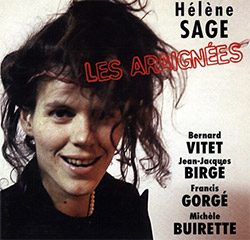

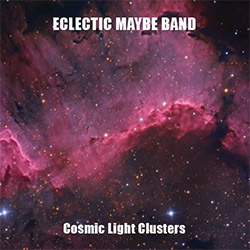
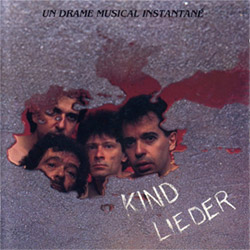
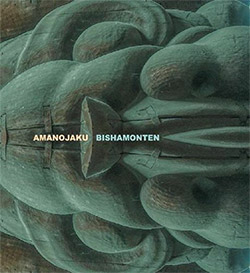
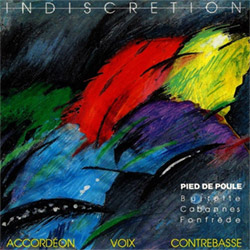
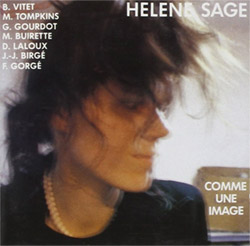
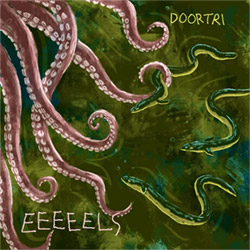
![Elephant9 : Mythical River [VINYL]](https://www.teuthida.com/productImages/misc4/34624.jpg)
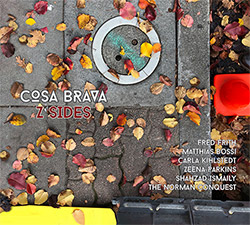
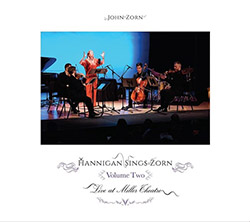
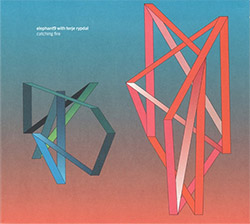
![Elephant9 with Terje Rypdal: Catching Fire [VINYL 2 LPs]](https://www.teuthida.com/productImages/misc4/35355.jpg)
![Deerlady (Obomsawin, Mali / Magdalena Abrego): Greatest Hits [VINYL]](https://www.teuthida.com/productImages/misc4/34876.jpg)
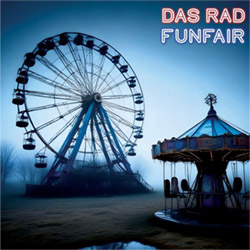
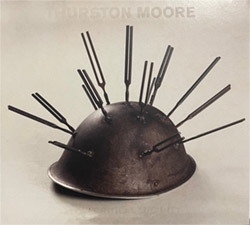
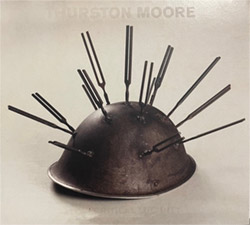
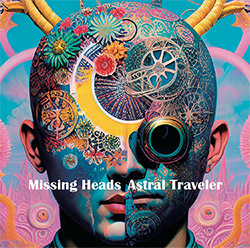
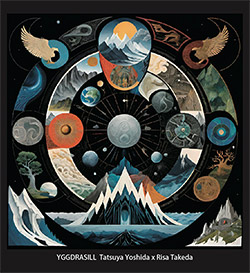
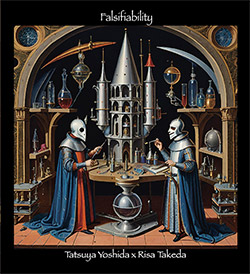
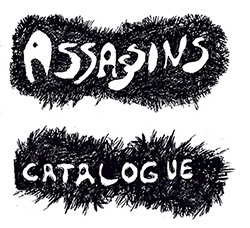
![Surplus 1980: Illusion of Consistency [CD]](https://www.teuthida.com/productImages/misc4/35069.jpg)
![Staiano, Moe: Away Towards the Light [VINYL + DOWNLOAD]](https://www.teuthida.com/productImages/misc4/35037.jpg)
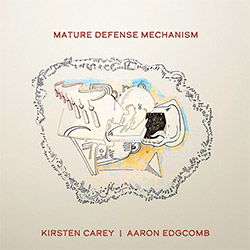
![Coley, Byron: Dating Tips for Touring Bands [VINYL]](https://www.teuthida.com/productImages/misc4/17906.jpg)
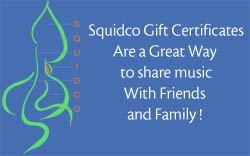
![Lost Kisses: My Life is Sad & Funny [DVD]](https://www.teuthida.com/productImages/misc4/lostKissesDVD.jpg)